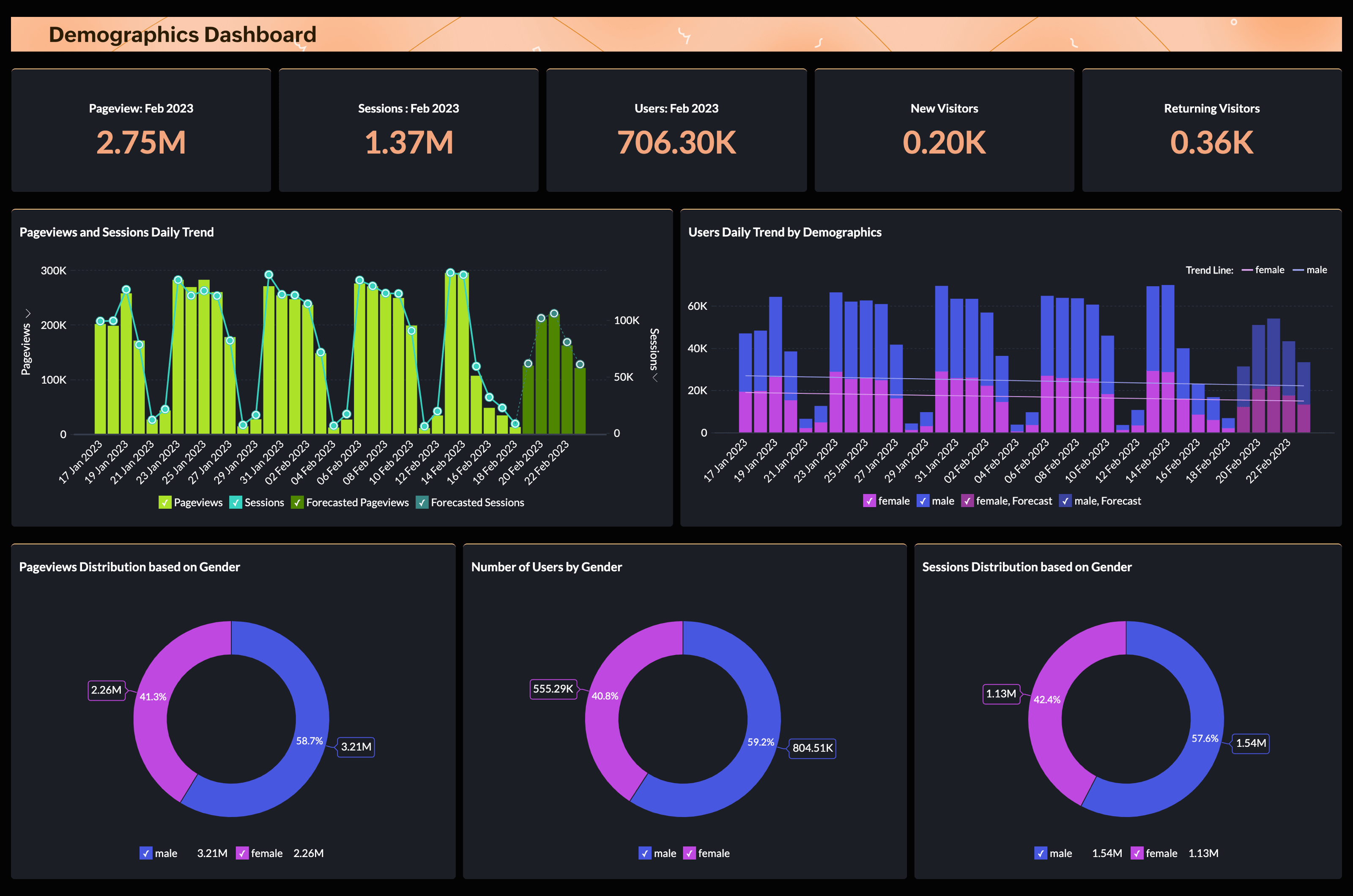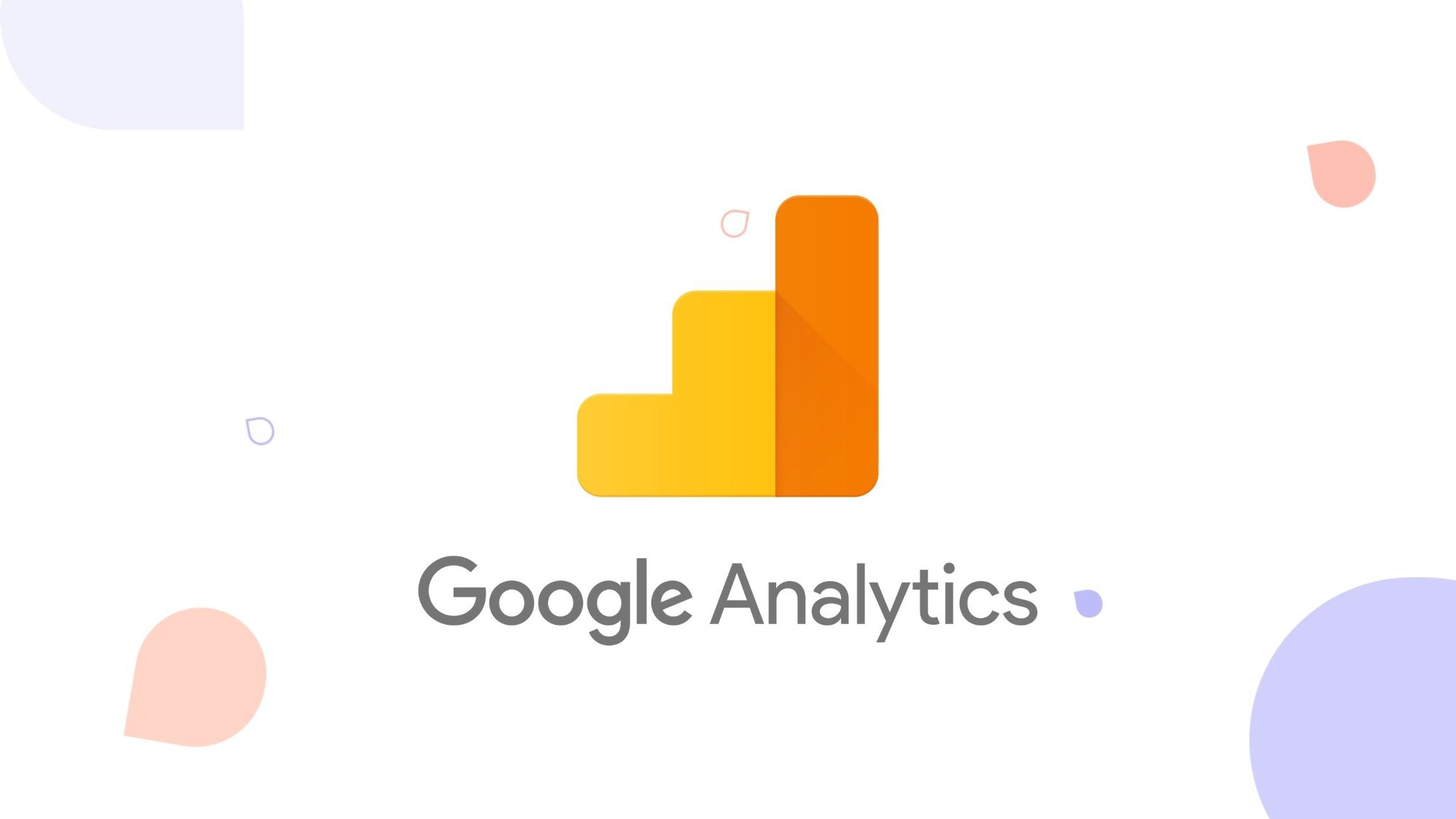Crucial Facts: What Type Of Data Google Analytics Stops You from Collecting
Crucial Facts: What Type Of Data Google Analytics Stops You from Collecting
Blog Article
Leveraging Google Analytics for In-Depth Insights Into Individual Behavior and Interaction
In the electronic landscape where user behavior and involvement hold the key to on the internet success, leveraging devices like Google Analytics has become extremely important for services looking for to comprehend their audience's communications with their platforms. This advanced analytics platform offers a riches of data that can reveal elaborate details regarding how customers navigate web sites, involve with material, and ultimately convert - what data does google analytics prohibit collecting. By using Google Analytics, companies can reveal beneficial insights that surpass surface-level metrics, offering a comprehensive understanding of customer actions and choices
Comprehending Individual Habits With Google Analytics
Making use of Google Analytics supplies a thorough understanding of user behavior on electronic systems. By assessing data such as the number of visitors, their geographical locations, the web pages they check out, and the actions they take, companies can obtain valuable insights into just how users engage with their applications or websites. This details permits informed decision-making, allowing companies to enhance their on-line visibility for boosted user experience and engagement.
One trick aspect that Google Analytics helps to reveal is individual traffic patterns. By tracking metrics like the source of web traffic, recommendation web links, and preferred search phrases, companies can determine what drives users to their platform. what data does google analytics prohibit collecting. This understanding aids in customizing marketing approaches to target specific demographics or interests effectively
In Addition, Google Analytics uses detailed records on customer engagement, showcasing metrics like bounce rates, session periods, and conversion rates. Recognizing these metrics gives useful feedback on the performance of web content, layout, and general user experience, equipping businesses to make data-driven renovations and drive better outcomes. Fundamentally, Google Analytics functions as an effective tool for understanding individual habits and maximizing digital platforms for success.
Analyzing Web Site Website Traffic Patterns
Comprehending the circulation of traffic on an internet site is important for maximizing its performance and improving customer interaction. Analyzing website traffic patterns offers useful insights right into exactly how individuals engage with the website, what web content they discover most interesting, and where they may be coming across barriers. By leveraging devices like Google Analytics, website owners can track metrics such as web page sights, one-of-a-kind visitors, bounce rates, and ordinary session duration to gain a thorough understanding of user behavior.
Researching website traffic resources is critical in identifying where visitors are originating from, whether with natural search, social media, referrals, or straight website traffic. This info helps in customizing advertising strategies to target particular audiences effectively. In addition, assessing the behavior circulation within the site can highlight preferred touchdown web pages, exit web pages, and one of the most usual paths customers take via the site. Identifying these patterns enables site proprietors to make enlightened choices regarding web content placement, navigation enhancements, and general website style to improve user experience and drive conversions.
Monitoring User Engagement Metrics
To strengthen the understandings gained from official statement evaluating site traffic patterns, it is crucial to focus on monitoring user interaction metrics. Individual engagement metrics offer valuable info concerning just how site visitors connect with a site, suggesting the level of passion and complete satisfaction with the content. By tracking metrics such as bounce rate, ordinary session period, pages per session, and conversion rates, site proprietors can recognize the performance of their content and user experience.
Conversion rates track the percent of visitors who complete a preferred action, such as filling up or making an acquisition out a form, reflecting the efficiency of the internet site in driving customer activities. By assessing these individual engagement metrics, website owners can make educated decisions to maximize their web content and individual experience to boost interaction and achieve their objectives.
Identifying Conversion Opportunities
Determining possible conversion possibilities is a vital facet of optimizing web site performance and accomplishing desired individual actions. With Google Analytics, companies can reveal important insights that can help in determining locations where users are handing over or otherwise continuing to the preferred conversion activities. By examining metrics such as conversion rates, landing web page efficiency, and customer circulation, businesses can identify prospective bottlenecks in the conversion process.

In addition, using Google Analytics' actions circulation function can give a graph of just how customers navigate via the site. This can aid in recognizing prominent paths along with any type of roadblocks that might be hindering go to my blog conversions. By leveraging these understandings, businesses can maximize their web site for improved individual experience and raised conversion prices.
Enhancing Individual Experience With Data-Driven Insights
By leveraging data-driven understandings from Google Analytics, organizations can purposefully optimize their web site to enhance individual experience and drive higher conversion prices. Understanding user actions with information evaluation permits business to customize their websites to meet the specific needs and choices of their target audience. By recognizing crucial metrics such as bounce prices, session duration, and prominent web pages, companies can acquire valuable insights into exactly how individuals communicate with their website.
Google Analytics offers detailed information on customer demographics, tools used, and also the particular activities handled the website. This information allows organizations to make educated choices on web site layout, web content placement, and overall individual flow. By leveraging these understandings, business can develop a much more tailored and interesting customer experience, causing raised contentment and commitment.
Moreover, data-driven insights can help services identify discomfort factors in the individual trip and implement targeted enhancements to simplify the conversion procedure. By constantly keeping track of and evaluating individual habits, businesses can adjust and optimize their site to make sure a pleasurable and smooth experience for site visitors, inevitably driving higher conversion prices and making best use of service success.

Verdict
In final thought, Google Analytics provides useful understandings into user actions and involvement on internet sites. By examining website traffic patterns, tracking engagement metrics, and recognizing conversion possibilities, businesses can make data-driven decisions to improve the customer experience. Leveraging these understandings can bring about boosted internet site performance and boosted conversions.
By tracking metrics such as bounce rate, ordinary session duration, web pages per session, and conversion rates, website proprietors can understand the efficiency of their content and user experience.
Conversion prices track the percent of visitors that complete a preferred activity, such as making a purchase or filling up out a form, mirroring the efficiency of the site in driving user actions. By evaluating these customer interaction metrics, internet site proprietors can make informed decisions to maximize their content and customer experience to enhance engagement and accomplish their goals.
By leveraging these insights, businesses can enhance their internet site for boosted individual experience and raised conversion prices.
By leveraging data-driven understandings from Google Analytics, services can purposefully optimize their site to boost user experience and drive greater conversion prices.
Report this page